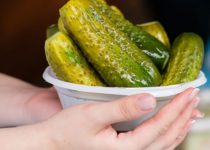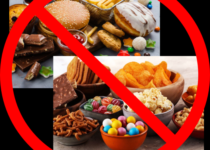Electrolytes, Low Carb Diets, and the Keto Flu
Many people starting a low carb diet feel terrible. While they attribute this to withdrawal from carbs, this Keto flu is likely a deficiency in electrolytes. Symptoms of Keto flu include headaches, dizziness, no energy, hard to think straight (brain fog), irritability, stomach problems, and possibly sleep issues. These all happen to be symptoms of electrolyte deficiency.
Electrolytes are minerals our bodies need to maintain fluid balance inside and outside cells. This is critically important for supporting hydration, electrical impulses in the nerves and heart, proper muscle function, and pH levels. Low-carb diets are diuretic in nature (your body releases water and typically you pee more). This is because when your insulin is low, your kidneys secrete more sodium. Now your other electrolytes are out of balance, so you body may start flushing other minerals to get back into balance, especially potassium. The electrolytes most affected by low-carb diets are sodium, magnesium, potassium, and calcium.
When starting or staying on low-carb diets such as Primal, Paleo, Atkins, Keto, and Carnivore it is important to get enough electrolytes. Proper electrolyte balance is maintained in two ways. First, drink enough water for your circumstances (you need more if you sweat a lot). Second, consume enough of the necessary minerals. This is serious. I worked closely with someone who was in good physical shape but died because his heart stopped from a potassium deficiency. But an overdose of potassium can do the same thing (stop your heart). So it is important to get enough electrolytes but not too much.
Talk with you doctor if you are thinking of using electrolyte supplements, especially if you are taking drugs or other supplements or are on a special diet. Too many electrolytes can be just as bad as too few.
Get Electrolytes from Food and Drink Enough Water
As much as possible, get your electrolytes from food. That way you effortlessly get electrolytes in the right balance and you will not have to worry about getting too much.
If you do decide to supplement, spread out the supplements throughout the day. You want your electrolytes in balance and in the right amount in your blood. Consuming a lot all at once will cause your body to take steps to get back into balance – such as peeing out most of the electrolytes you just consumed.
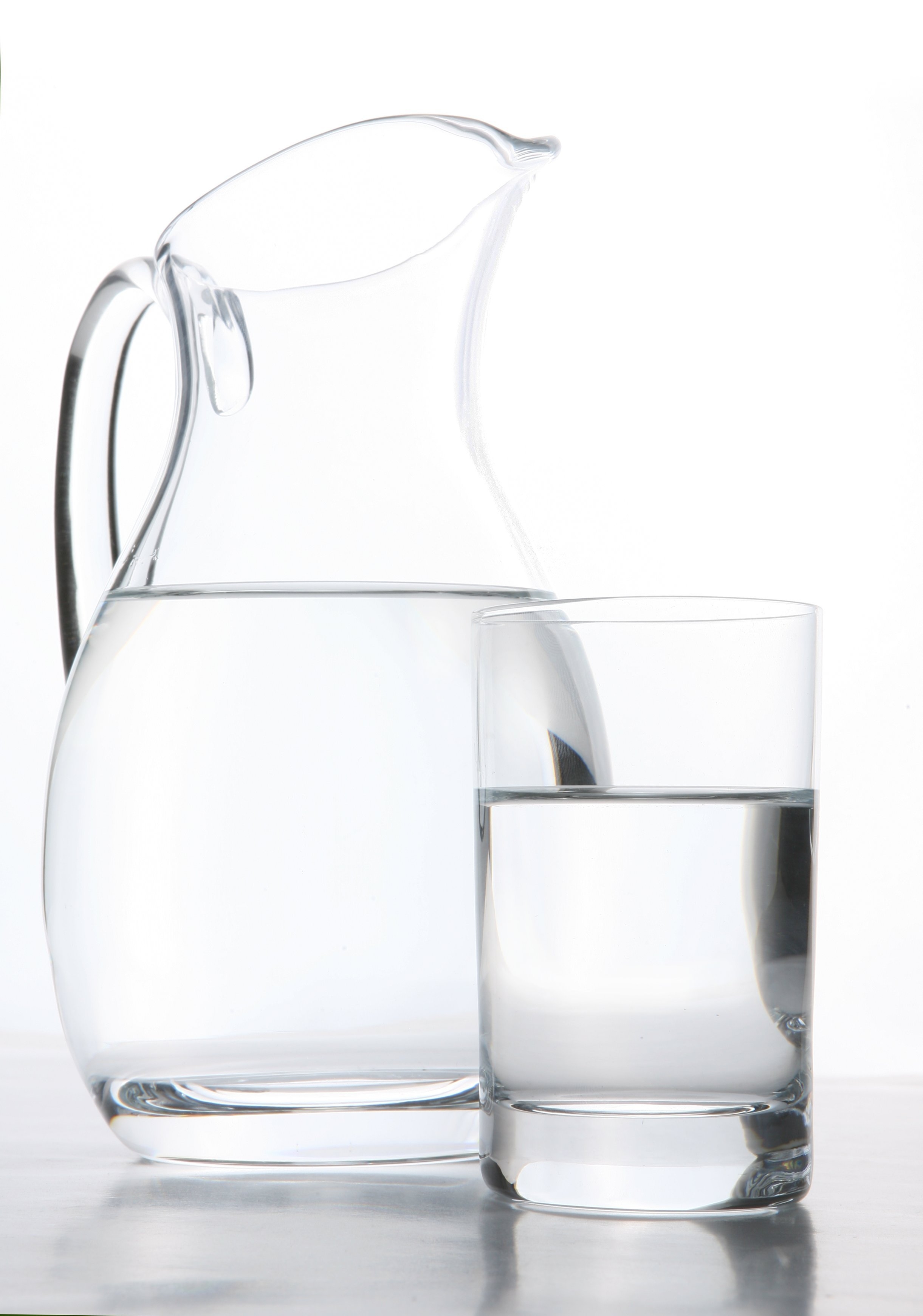
Low-carb diets are naturally diuretic, so you need to be extra careful to get enough water. If you are dehydrated, you are almost certainly low in electrolytes, because your body tries to maintain a certain balanced amount of electrolytes in your blood and tissue. Since electrolytes are dissolved in water, less water means fewer electrolytes.
If you have symptoms of electrolyte deficiency, first verify you are getting enough water. You should pee at least twice a day, and your urine should be light colored. If it is dark, you are not getting enough water. This test is the best way to know you are getting enough water.
To keep your body in balance, drink water or other beverages throughout the day. If you drink a cup of water an hour, your body will easily be able to keep electrolytes in balance. It is much harder for your body to stay in balance if you drink a quart all at once.
Potassium
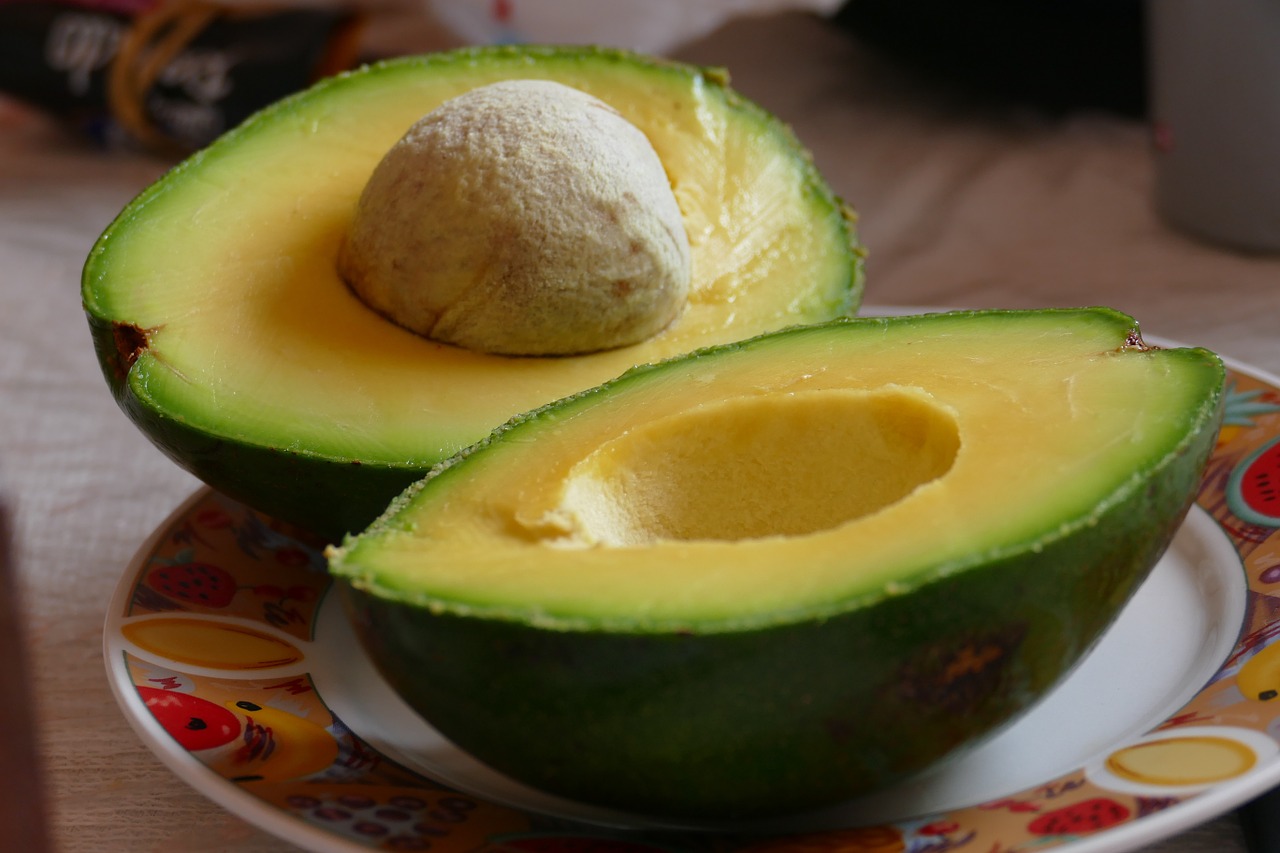
Symptoms of low potassium include muscle cramps, muscle twitching, heart palpitations or increased awareness of your heartbeat.
Latest guidelines on amount: 3000-4700 mg (3-4.7 grams) of potassium per day
Most people can get sufficient potassium from food sources. If you sweat a lot, you will need more than if you don’t (you lose potassium along with sodium when you sweat). You can get more potassium in your diet this way:
- 1 medium Avocado (1000 mg potassium)
- 1 Cup of cooked Swiss Chard (950 mg potassium)
- 1 Cup of cooked Spinach (840 mg potassium)
- 1 cup cooked Mushrooms (550 mg potassium)
- 1 cup Brussels sprouts (500 mg potassium)
- 4 ounce Salmon (430-500 mg potassium)
- 4 ounce Meat (400-500 mg potassium)
- 4 ounce Flounder (400 mg potassium)
- 1 cup full fat yogurt (511 mg potassium)
- 1 cup cultured buttermilk (370 mg potassium)
- 1 cup milk, sour cream (324-366 mg potassium)
- 1 medium Artichoke (345 mg potassium)
- 1 ounce Hemp seeds (335 mg potassium)
- 1 cup chopped Zucchini (324 mg potassium)
- 1 cup chopped Cauliflower (320 mg potassium)
- 1 ounce Almonds (2oo mg potassium)
- 1 cup shredded cheese (111-125 mg potassium)
It is NOT recommended to supplement unless you are working with a doctor who recommends it, you are very physically active, or you do not eat potassium-rich foods. Follow the instructions on the supplement label or do what your doctor recommends. Taking too much is just as life threatening as too little.
Sodium

Symptoms of low sodium include fatigue, muscle weakness, headaches, and difficulty concentrating.
Latest guidelines on amount for low carb dieters without reasons to eat low sodium: 3-7 grams of sodium (3000-7000 mg sodium); the higher amount is for athletes or other people who sweat a lot.
This is 1-3 teaspoons of salt a day (from all sources, so don’t feel like you have to sprinkle a teaspoon of salt over every meal). If you sweat a lot, you will need more than if you don’t (you lose sodium when you sweat). Most people get at least 2 grams of sodium a day from the foods they eat (unless you are eating very low sodium).
You can get more sodium in your diet this way:
- Drink 1-2 cups of bouillon, stock, broth each day (1 gram of sodium per cup)
- Add salt to your food (2.4 gram sodium per teaspoon)
- Add tamari (wheat free soy sauce) to your food (1 gram sodium per tablespoon)
- Drink a 2 ounce pickle juice shot (about 500 mg sodium per shot); just pour some pickle juice out of your jar of dill pickles or you can buy pickle juice shots through my Amazon affiliate link here: Pickle Juice Extra Strength Shots, 2.5 oz, 12 pack
- Snack on a handful of olives (230 mg in 8 large black olives)
Foods with naturally occurring sodium (before adding salt):
- 1 cup cooked Swiss Chard (300 mg sodium)
- 1 cup artichoke hearts (160 mg sodium)
- 1 cup plain yogurt (100-175 mg sodium depending on brand)
- 1 cup cooked spinach (125 mg sodium)
- 1 cup chopped beets (106 mg sodium)
- 1 cup milk (100 mg sodium)
- 1 cup chopped celery (100 mg sodium)
- 1 cup chopped carrot (100 mg sodium)
- 3 ounce cooked shrimp (94 mg sodium, though it may be as high as 250 mg)
- 1 large egg (70 mg sodium)
If you know you will be heavily sweating, Drs. Phinney and Volek in their book The Art and Science of Low Carb Performance recommend taking a 1/2 teaspoon of salt within a half hour of engaging in the sweaty activity (workouts, physical labor). If this activity goes on for a long time, you may need more water and electrolytes during the activity. This was the reason for the invention of the sport beverage! See the bottom of this post for low-carb electrolyte drinks.
Magnesium
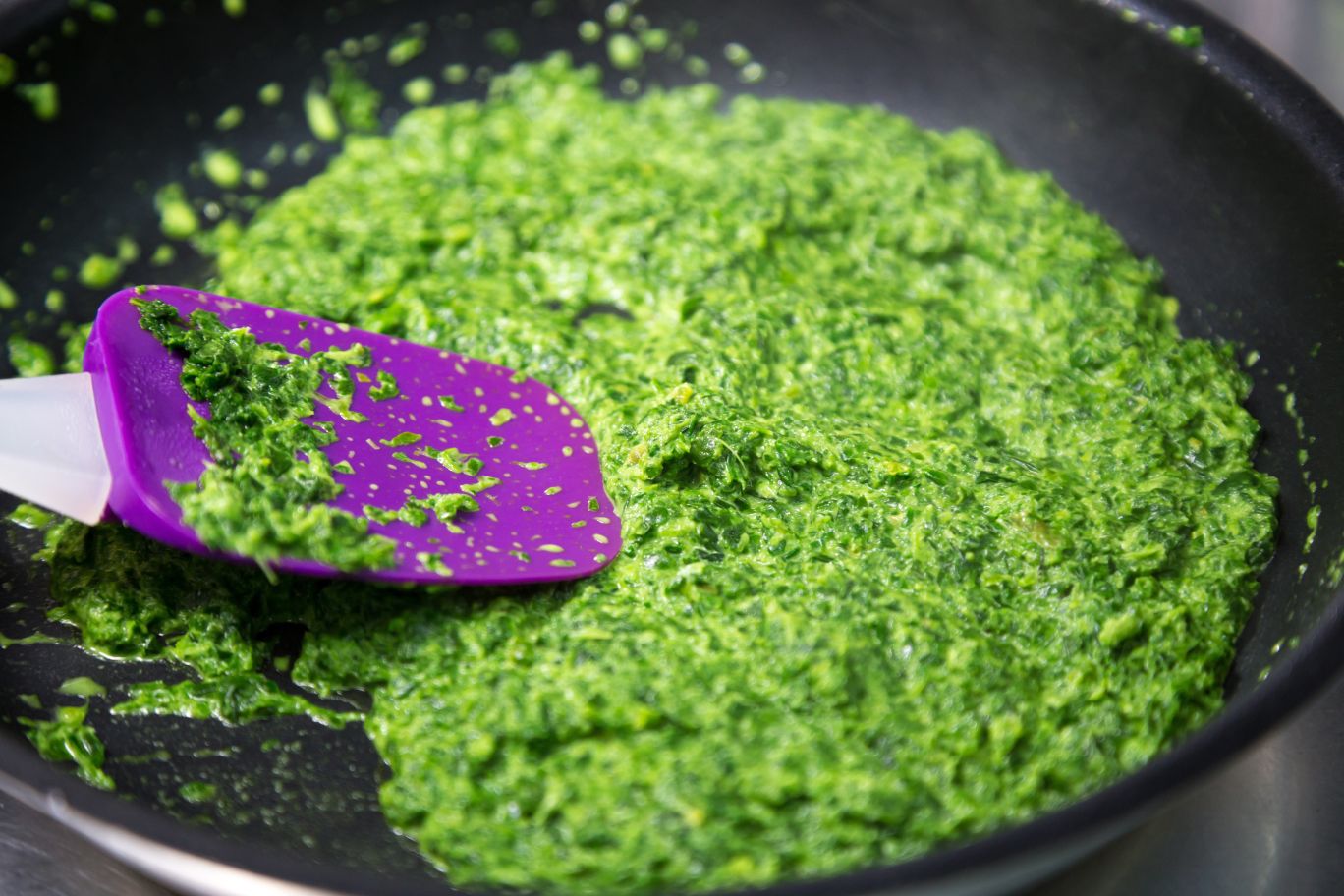
Symptoms of low magnesium include muscle twitching or cramping, especially at night or after exercise.
Latest guidelines on amount: 400 mg magneisum
It can be hard to get enough magnesium from food sources, but many foods high in magnesium are also high in potassium, so these are especially good foods to eat.
- 1 ounce Hemp seeds (195 mg magnesium)
- 1 Cup of cooked Swiss Chard (150 mg magnesium)
- 1 ounce Pumpkin seeds, dried (150 mg magnesium)
- 4 ounce Mackerel (105 mg magnesium)
- 1 ounce Chia seeds (95 mg magnesium)
- 1 ounce Dark Chocolate – 70-85% cacao (70-90 mg magnesium)
- 1 ounce Almonds (75 mg magnesium)
- 1 Cup of cooked Spinach (75 mg magnesium)
- 1 ounce pine nuts (70 mg magnesium)
- 1 medium Avocado (60 mg magnesium)
- 1 medium Artichoke (50 mg magnesium)
- 4 ounce Salmon (33 mg magnesium)
- 1 cup shredded cheese (32 mg magnesium)
- 1 cup cultured buttermilk (27 mg magnesium)
- 4 ounce Meat (24 mg magnesium)
- 1 cup full fat yogurt (24 mg magnesium)
- 1 cup milk, sour cream (23-27 mg magnesium)
- 1 cup chopped Zucchini (22 mg magnesium)
- 1 cup Brussels sprouts (20 mg magnesium)
- 1 cup chopped Broccoli (19 mg magnesium)
- 1 cup chopped Cauliflower (16 mg magnesium)
It is hard to get enough dietary magnesium, especially on low carb diets. Many people take a daily supplement to avoid muscle cramps. Magnesium and calcium can be relaxing, so many people take them at night to help them fall asleep.
Calcium
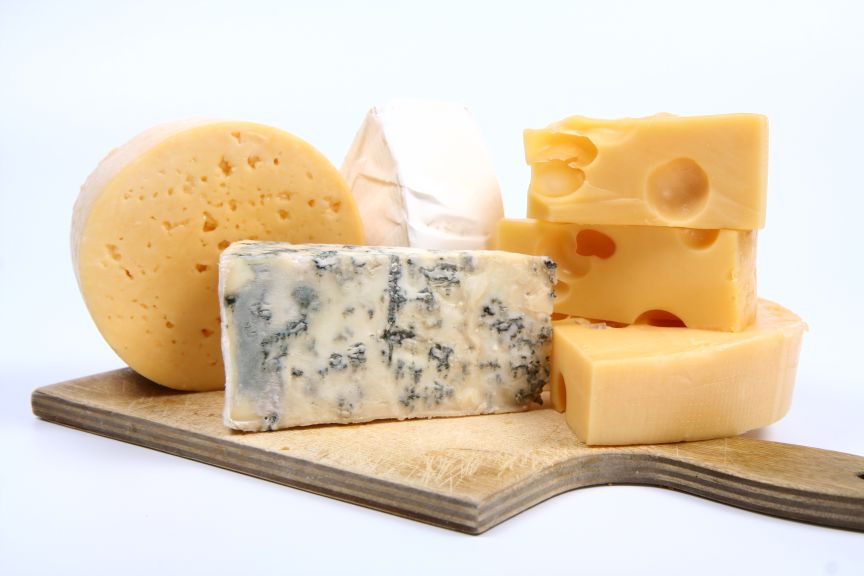
Besides bone loss, symptoms of low calcium include spasms of the hands and feet, numbness or tingling in the fingers, muscle cramps, weak or brittle fingernails, difficulty swallowing, lethargy.
Latest guidelines on amount: 1000 mg for men, 1200 mg for women
Note that your body requires vitamin D to be able to absorb calcium, so be sure to spend a little time in the sun each day to top up your vitamin D!
Many people do not think about calcium when considering if they are getting enough electrolytes. And yet some studies estimate that as much as 68% of the US population is calcium deficient. Eat these foods to get sufficient calcium.
- 1 cup plain Yogurt, full fat (400 mg calcium)
- 3.75 ounce Sardines in oil (351 mg calcium)
- 1 cup Greek Yogurt (350 mg calcium)
- 1 cup Goat’s Milk (329 mg calcium)
- 1 cup whole Cow’s Milk (290 mg calcium)
- 1 cup cooked Collard Greens (266 mg calcium)
- 1 cup cooked Spinach (244 mg calcium)
- 1 ounce aged Cheddar Cheese (202 mg calcium)
- 1 cup cooked Turnip Greens (197 mg calcium)
- 3 ounce Salmon, pink, canned, with bones (183 mg calcium)
- 1 cup cooked Mustard Greens (104 mg calcium)
- 1 cup cooked Kale (94 mg calcium)
- 1 Tablespoon Sesame Seeds (88 mg calcium)
- 4 ounce Mackerel or Shrimp (80 mg calcium)
- 4 ounce Shrimp (79 mg calcium)
- 1 ounce Almonds or 2 Tablespoon Almond Butter (70 mg calcium)
- 1 cup cooked Broccoli (62 mg calcium)
- 1 large Egg (50 mg calcium)
- 4 ounce Snapper (45 mg calcium)
Many people find they need to take calcium supplements. This may be due to lactose intolerance, poor digestion (possibly due to aging or certain medications), or lack of vitamin D. A good calcium supplement will include vitamin D, so look for that.
Electrolyte Replacement Drink
You can find a number of electrolyte replacement drinks on the market and recipes for homemade online. These are the different sports drinks, WHO Oral rehydration solution, and Ren Faire batsweat. These do not work on low-carb diets because they are pretty high in sugar.
I have seen claims that you must include sugar when drinking electrolyte solutions or they won’t be absorbed. There is some truth to this, since sodium can be co-absorbed with sugar from the small intestine. But that is not the only way your body can absorb sodium and other electrolytes. While adding sugar to the sports drink makes it easier to absorb sodium, it is not required.
If you want a keto friendly electrolyte replacement drink, there are a number of recipes online. The basics are:
- 1 quart of water or tea (any kind)
- 1/2 teaspoon table salt (sodium chloride)
While sodium is the most important, you may want to have some potassium as well. So you could do this:
- 1 quart of water
- 1/4 teaspoon table salt (sodium chloride)
- 1/4 teaspoon lite salt (sodium chloride and potassium chloride)
If you don’t like the taste, mix in 1/4 cup lemon juice or lime juice to either solution. This adds a very small amount of carbs – 1 gram of carb per 1 cup serving.
It is best to sip this one cup at a time, and let your body and taste buds tell you if you need it. Don’t gulp it down all at once.
(Since you are probably dying to know what is in Ren Faire batsweat, it’s basically a quart of lemonade with 1/2 teaspoon of added salt. People who work the show sweat a lot throughout the day and need to replenish water and sodium. They say if it tastes good you need it, if it tastes awful you don’t need it. Now you know!)







